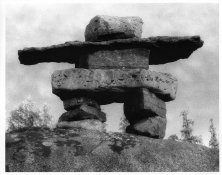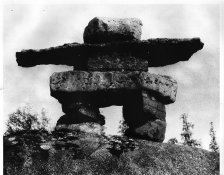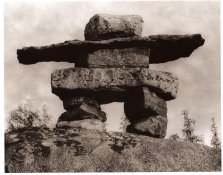Mike Té
Subscriber
Here are the results of my first ever lith printing session, trying 3 different papers.
Shot with sunny sky setting at my back last July with my Minolta X-700 Analog Rebel on Kodak HIE, f8, time of exposure forgotten.
-The first jpeg is an ordinary print on Ilford MG IV RC pearl, 30s at f8, G3.
-Second is lith print on Forte Polywarmtone RC semi-matt, 2m at f8, G3
-Third is lith on Agfa MCC RC glossy, same exposure under the enlarger
-Fourth is lith on Ilford RC WT, same exposure.
I like the last one the best.
Cheers.
Shot with sunny sky setting at my back last July with my Minolta X-700 Analog Rebel on Kodak HIE, f8, time of exposure forgotten.
-The first jpeg is an ordinary print on Ilford MG IV RC pearl, 30s at f8, G3.
-Second is lith print on Forte Polywarmtone RC semi-matt, 2m at f8, G3
-Third is lith on Agfa MCC RC glossy, same exposure under the enlarger
-Fourth is lith on Ilford RC WT, same exposure.
I like the last one the best.
Cheers.















